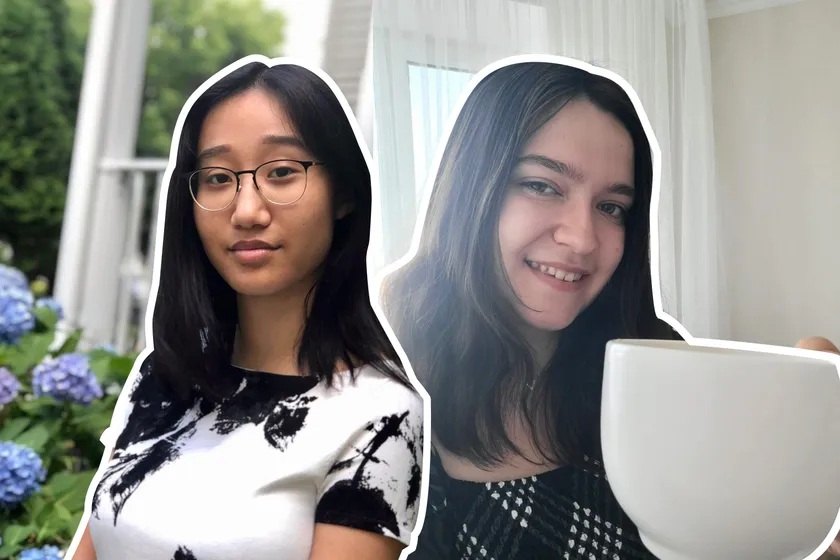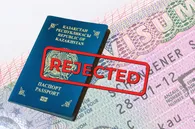Kazakh cities are salad bowls of many different cultural backgrounds and sometimes you would hear an unfamiliar language just passing by you in a crowd. Aside from Kazakh and Russian, the country speaks many languages with English recently entering the mix.
Thanks to the growing popularity of the language, teachers from abroad are coming to Kazakhstan to help promote cultural exchange between our country and the Anglosphere. Many of them visit under the Fulbright program as English teaching assistants (ETAs) which allows participants to live in Kazakh cities and get to know the local culture.
Emily Ren who teaches at Pavlodar Pedagogical University and Kelsey Dabrowski at Korkyt Ata Kyzylorda University talked to QazMonitor about their experience teaching here and the similarities and differences between Kazakhstan and the U.S.
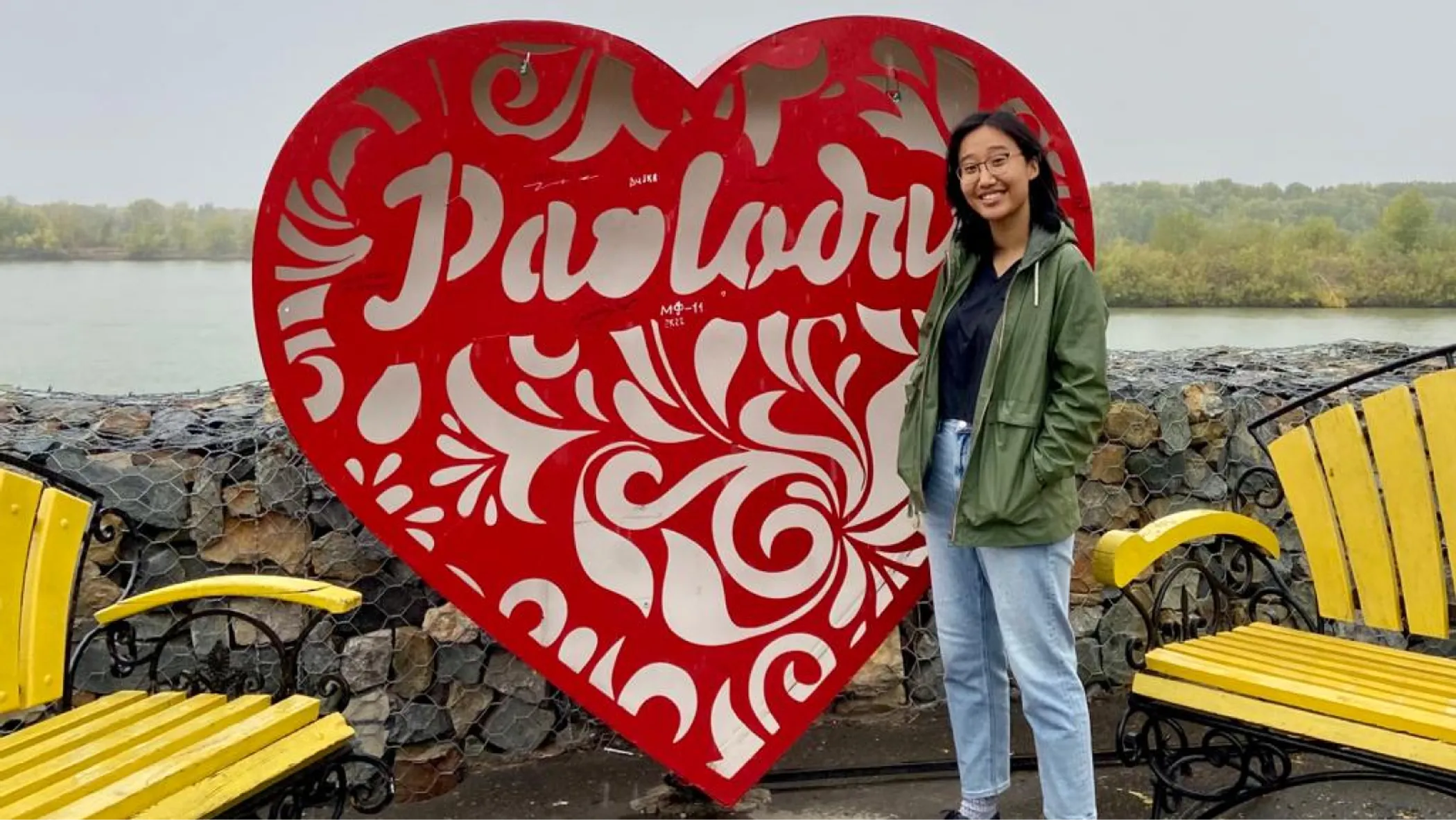
Teaching English in Kazakhstan
Tell us a little bit about how the program works here. What does the job of an ETA entail?
E. There are fifteen of us in total, of which two are returning for their second year. Additionally, there is one Fulbright researcher and one Fulbright scholar in the capital cities. All of the teaching assistants are in the regional cities.
Our contract is basically that we teach or co-teach for twenty hours a week. In practice, it ends up being a little bit more than that just because a lot of the ETAs are really excited to be here so they volunteer their time a lot.
All of the activities that I provide are speaking-centered, supplementary and cultural. One of the lessons that my students really like was on the American accents and the wide range of them. I also host a speaking club at the university.
![Kelsey Dabrowski [in the center] graduated from the University of Georgia, where she studied foreign languages and English as a second language (ESL). She has a few years of experience working as a tutor. A year before Kazakhstan she taught English in France](https://img.qazmonitor.com/4mbSfKQZkeu5S5EWYy04arxRY7h0RCsHIjatol4OGMQ/dpr:1.75/rs:fit:1200/el:true/f:webp/czM6Ly9rYXptb25pdG9yL2ltZy84ZWEwZDdhN2MwOGU0Zjc4ZTA1YjFmYWY4MWYzNzU2ZC5wbmc)
Would you say that there are differences in how students approach their studies in Kazakhstan in comparison to the U.S. or other places where you taught?
K. The dynamic between teachers and students and the way that the school day works is completely different. Here, the students might be 17-18 but be in a university, which I thought was very surprising, because in the US and in France most students are in university in their 20s.
So it was surprising to find that some of my students here were of the same age that my high school students in France. I thought that maybe they wouldn’t be as mature, but that’s not true at all. I think a lot of them are a lot more mature than my French students were.
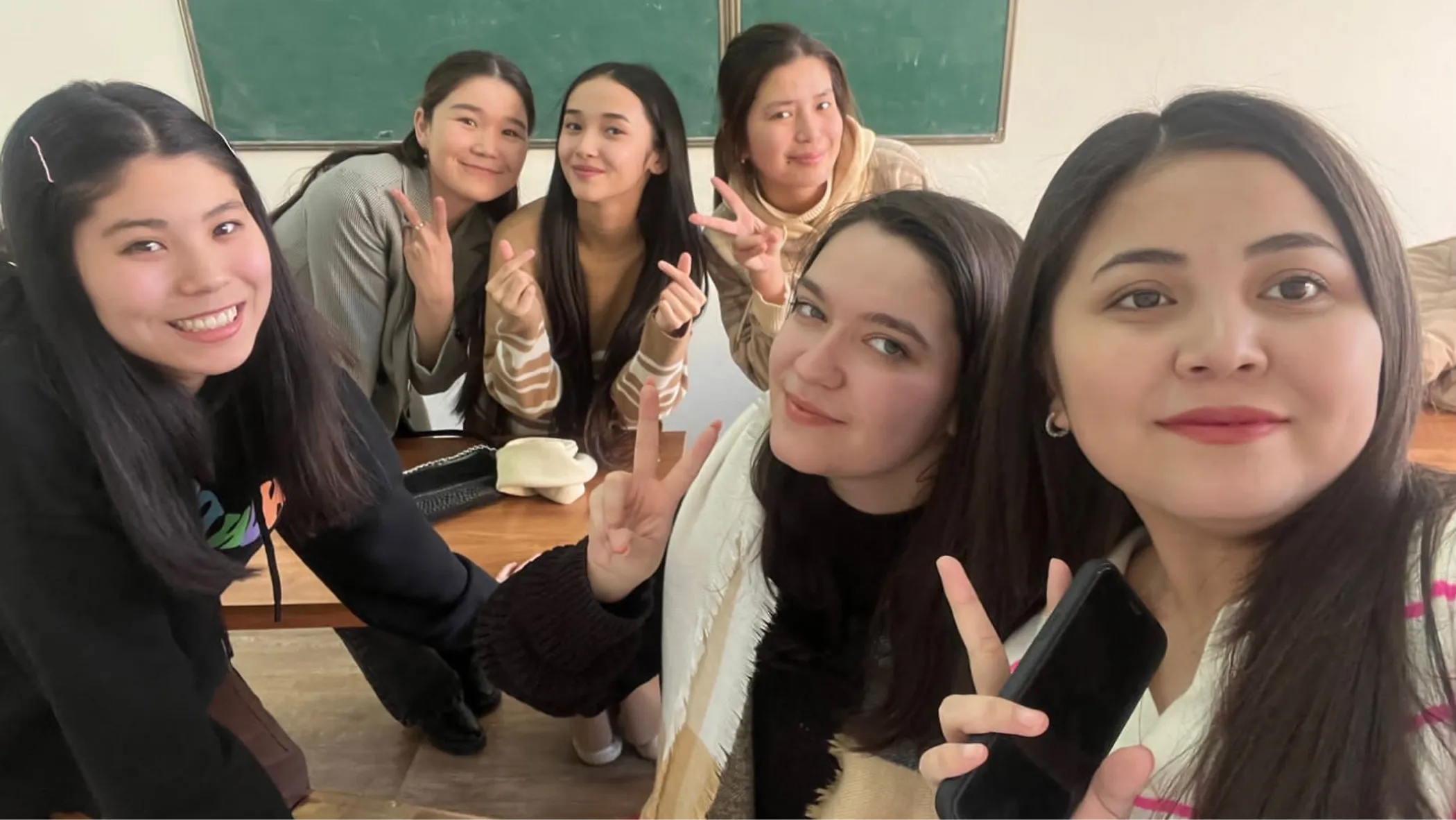
It just has to do with life experience and the way that a lot of them have children already. It gives students a big difference in perspectives on their independence and the level of responsibility. I think that’s been the main difference so far because it’s very rare for US students to be married already.
North vs South
Speaking of which, somewhat recently you two had a joint speaking club session where you compared North and South Kazakhstan. What was it about?
E. We thought it would be great to ask people if there are cultural differences between regions, because not only me and Kelsey are in northern and southern Kazakhstan, respectively, but I'm from the northeastern part of America and Kelsey is from the South.
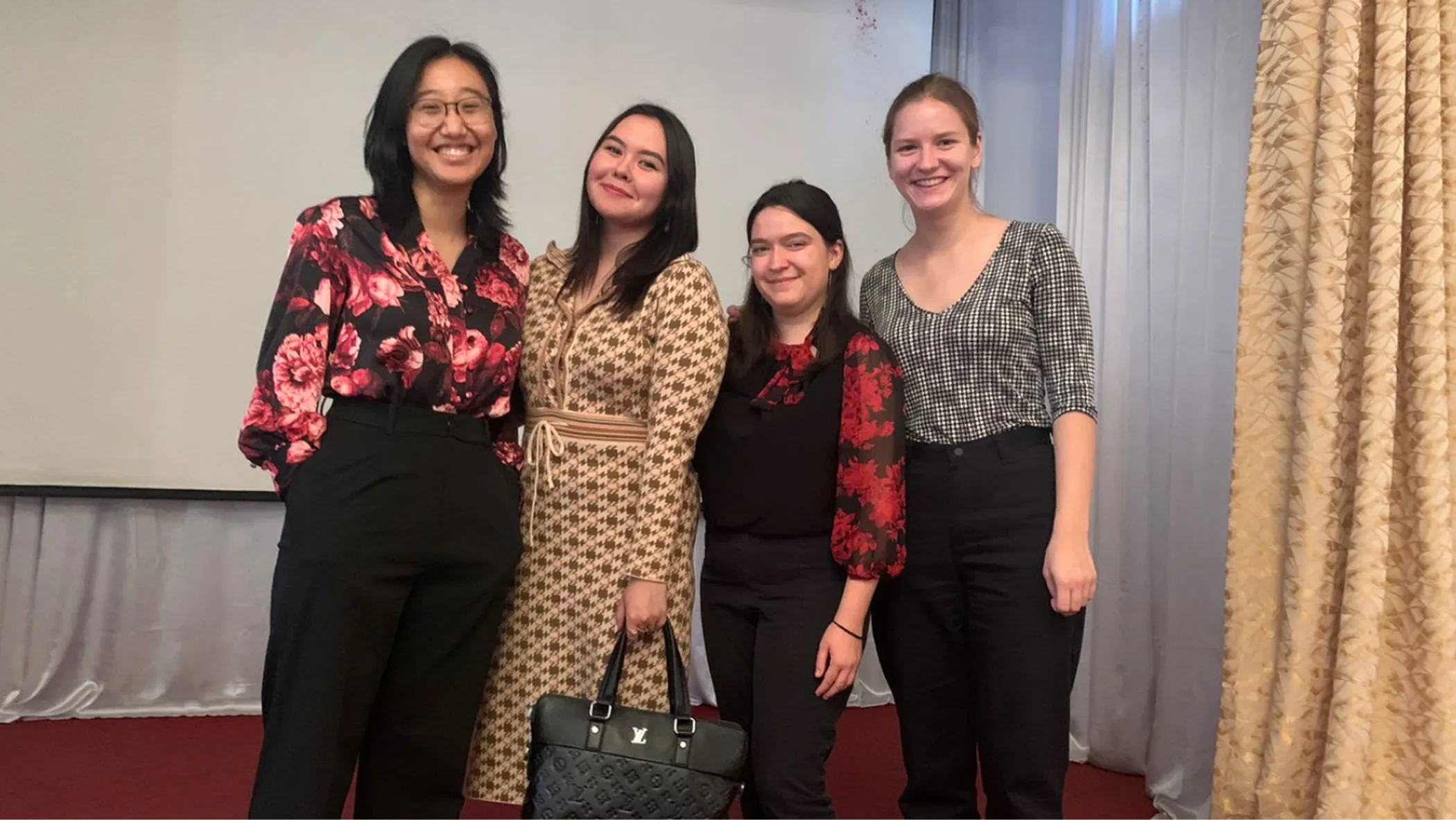
So, the differences between the regions of Kazakhstan are similar to those in the U.S. Let me explain. In the North, there’s a stereotype that Northerners are work-oriented and not very friendly. The South is stereotyped to be hospitable with a slower pace of life, and usually traditional or religious.
Even just talking with people here everybody is just, “Yeah, things are moving very fast in the cities”. In Pavlodar, you don’t really do small talk with other people; you want to be straightforward with your stuff. Kelsey was talking with me that in the South [of Kazakhstan] people are super hospitable and very friendly.
K. Just today I was talking to my friend that I was looking for this book and she was like, “Hold on, I’ll call them for you so you don’t have to go there.” It’s incredibly nice. People will go out of their way to do nice things for you more than, for example, back home in the U.S.

How do Pavlodar and Kyzylorda differ?
E. Generally, there’s a huge difference in the weather. It’s a little bit cold here! (laughs) It’s probably warmer in Kyzylorda and Kelsey was, like, “Yeah, you’re right”.
The second thing they mentioned was the difference in languages, which I thought was interesting because in Pavlodar Russian is more prominent while in Kyzylorda it’s Kazakh.
[Despite that] I was told that Pavlodar has the purest form of the Kazakh language. “Pure” as in the most textbook form of the language, while in Kyzylorda it’s spoken more often but it’s a dialect or something.
A bit homesick
Is there something you miss about the U.S.?
K. In the U.S., it’s really common to go to a cafe to work. I know that people go to cafes to work here, but you do feel a little bit out of place. Most people are talking, they’re with their friends or they’re grabbing a cup of beverage. It would feel very strange to just sit down and be there for a few hours whereas that’s how I would spend most of my free time in the U.S.

E. This is gonna sound kind of dumb. (laughs) For the past couple of days, I’ve really missed Korean food. I think it’s just because there's a wide range of Asian food where I lived in DC, and recently I've been thinking, “Korean food would be really nice right now”.
Aside from differences in food, I haven’t gotten homesick since coming here. I honestly haven’t gotten culture shock, although it took me a while to acclimate to the stronger gender rules.
K. Oh, and the rain! In Kyzylorda, it hardly rains at all. (laughs) This was a really big adjustment for me because in Atlanta, especially during the summer, it doesn’t just rains – usually, it’s thunderstorms or tornadoes. It didn’t rain for the first two months that I was here. When it happened for the first time, my friend who is a Korean teacher just texted me, “Look outside, it's RAINING!”
